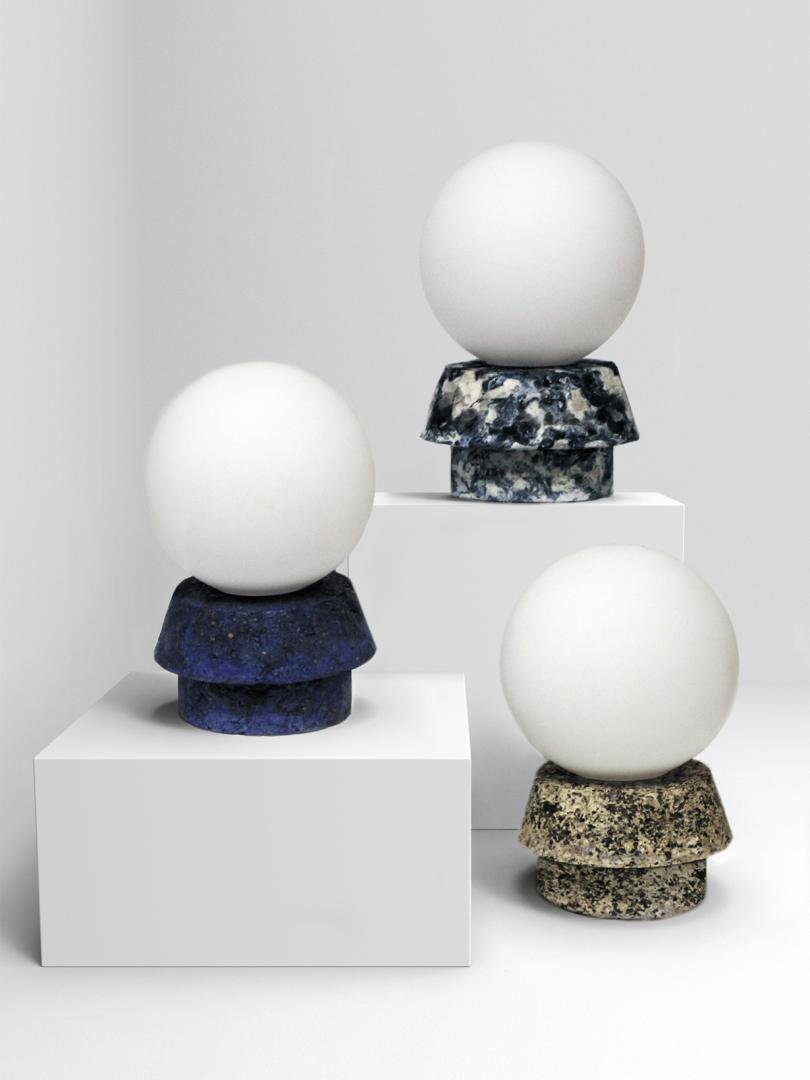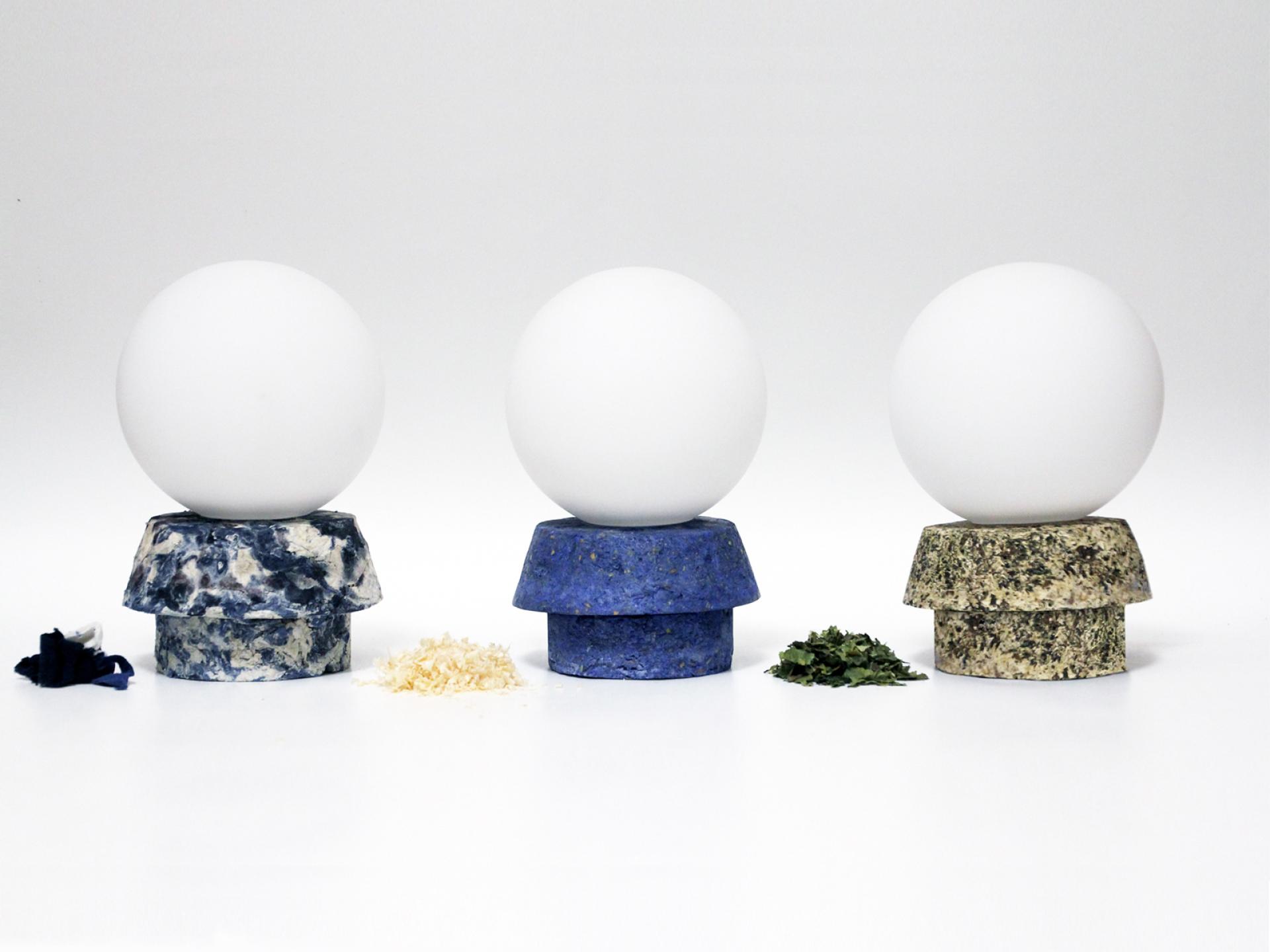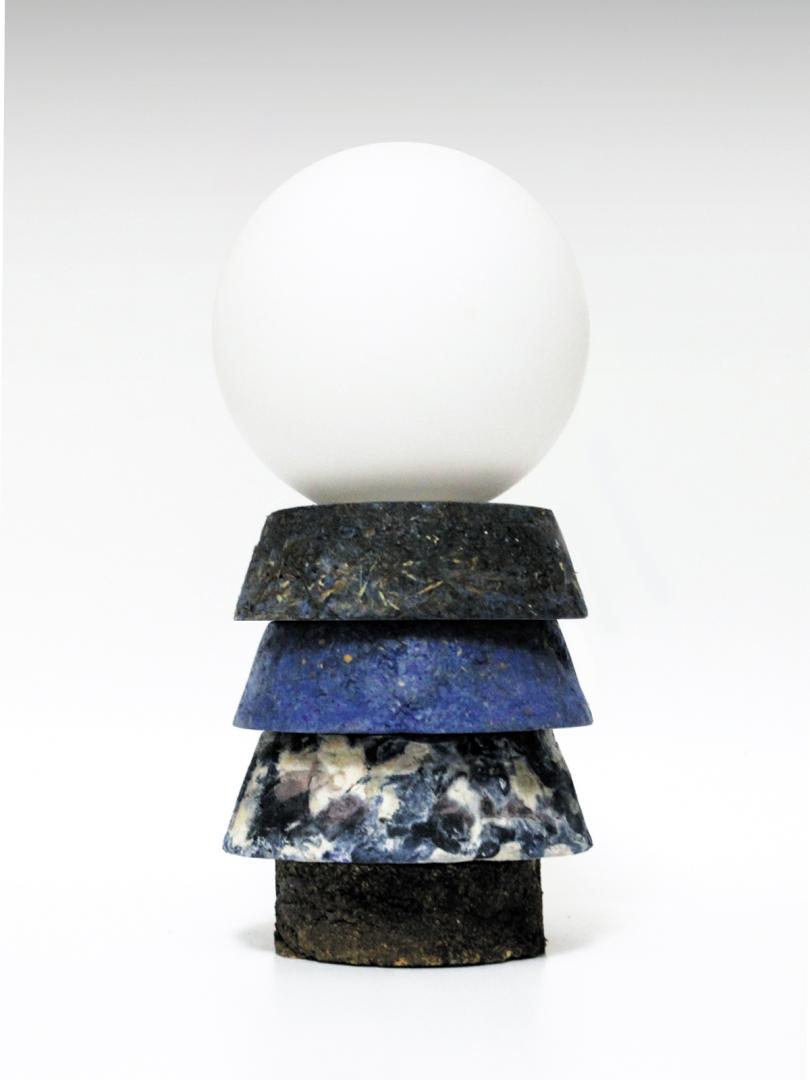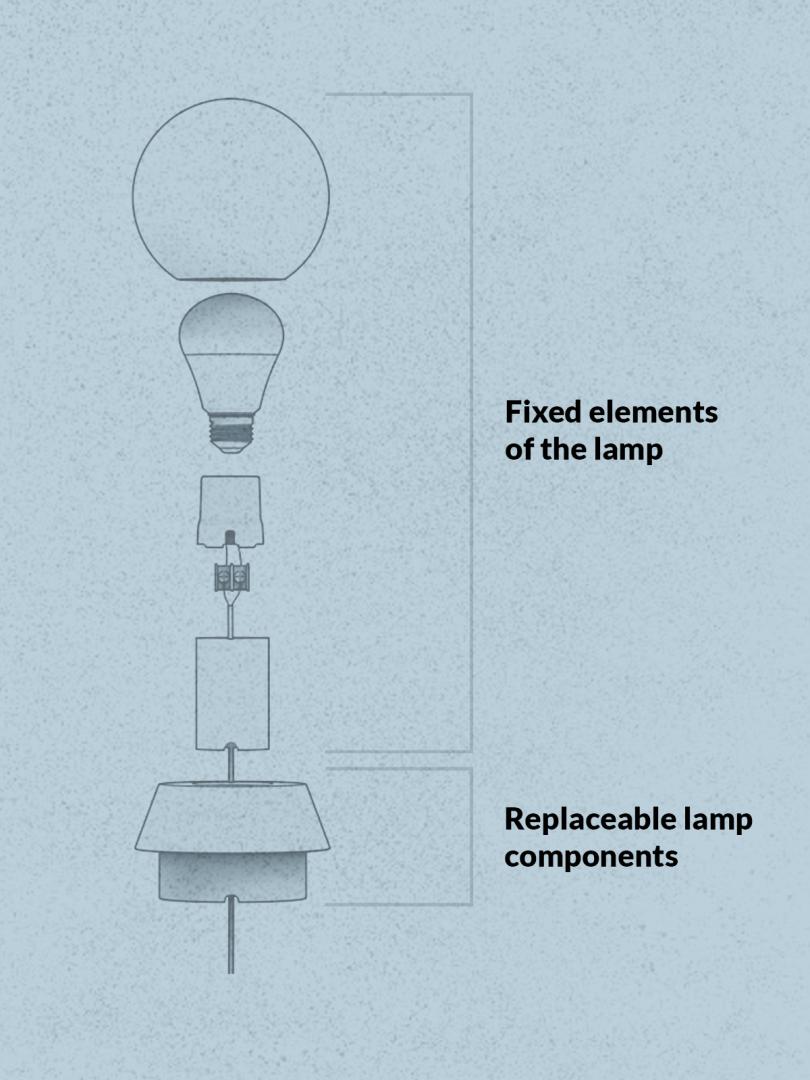NOWO
Basic information
Project Title
Full project title
Category
Project Description
The project emphasizes the need to maximize the use of resources. The lamp is divided into visual elements and electronic components. This allows the user to change the colors or the visual form and keep the electronics and lampshade. For the production of the visual part of the lamps, I used a biodegradable binder designed by me and materials created during various production processes.
Geographical Scope
Project Region
Urban or rural issues
Physical or other transformations
EU Programme or fund
Which funds
Description of the project
Summary
The project emphasizes the need to maximize the use of resources. The lamp is divided into visual elements and electronic components, which limits the phenomenon of excessive consumerism. This allows the user to change the color and visual form while maintaining the electronics and glass shade. When the user decides to make a change, he can return the lamp to the company and collect a voucher for the purchase of another one. The company recovers the components and can use them in further lamps. The modular design allows the difference to be easier to repair because the lamp is not treated as a whole but as a group of elements.
For the production of the visual part of the lamps, I used a biodegradable binder designed by me and materials created during various production processes. In order to emphasize the problem, I chose representative waste from agricultural production (stems and leaves unfit for consumption), textile (cotton) and furniture (wood). In addition, the project supports a positive change in attitudes among consumers and plays an educational role.
Key objectives for sustainability
Lamp production is accompanied by a business model that encourages users to return the lamp to the company's material loop. As a result, the user receives a voucher for the purchase of another product and the company can recover the material and electronic components.
The lamp is designed in such a way that it can be divided into individual elements. As a result, electronics can be used in new lamps and visual modules can be used to create new aesthetic values. This way of thinking also significantly facilitates possible repairs. In addition, the aesthetic elements were made of a special biodegradable coating and production residues, thanks to which they can be safely disposed of.
Key objectives for aesthetics and quality
The aesthetic parts of the lamp are made of a biodegradable binder created by me and representative waste from agricultural production (plant parts unfit for consumption), textile (waste from textile prouduction) and furniture (wooden sawdust). They create a new and non-obvious aesthetics referring to the traditional terrazzo in a new version.
Key objectives for inclusion
The project combines the environments of agricultural, textile and furniture production show the possibility of joint action to reduce waste and shows how important this problem is for our community.
Physical or other transformations
Innovative character
Aspects come together throughout the product lifecycle. The first step is to source materials from the local manufacturing community to produce the visual components of the lamps. The next stage is the production of visual elements and combining them with electronic parts. An important element is the stage when the consumer uses the lamp and the moment when he wants to get rid of it for some reason. The lamp can be repaired and regenerated.




